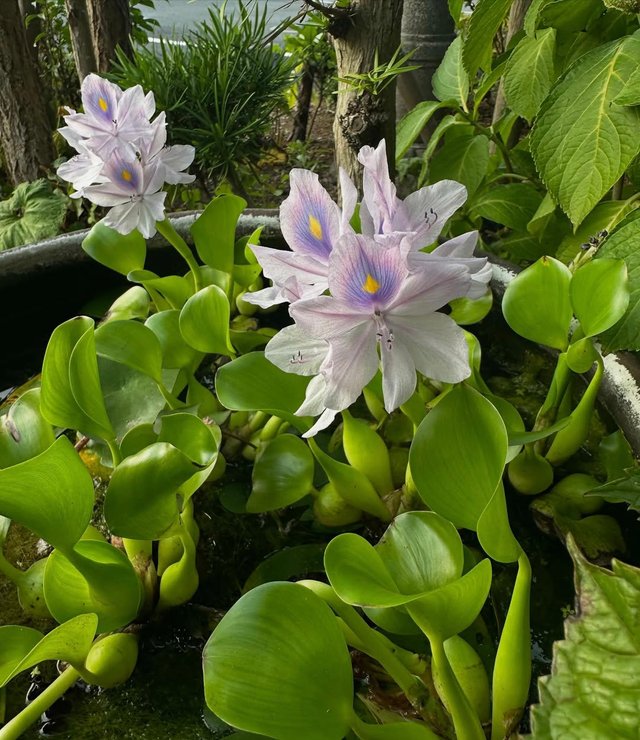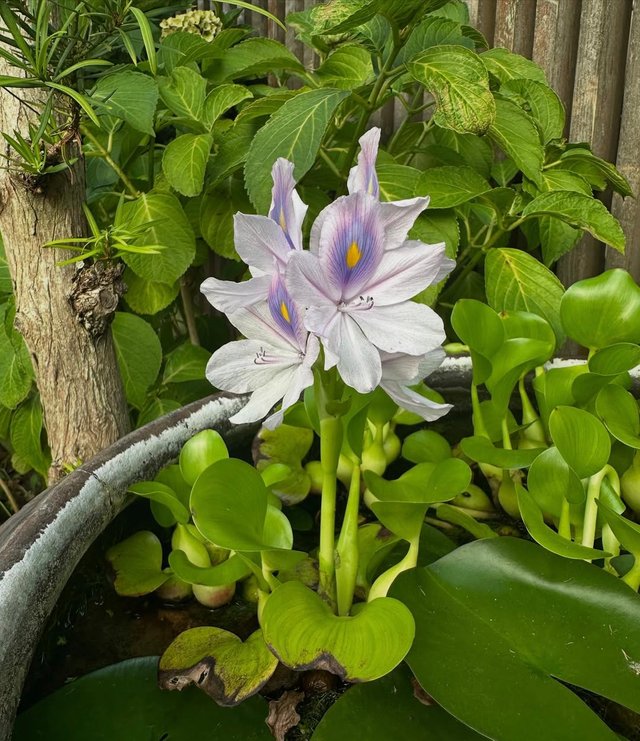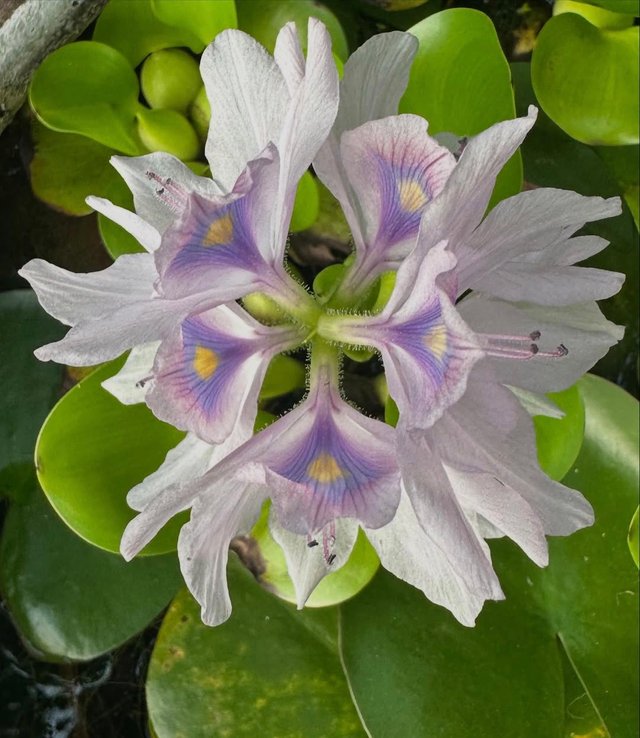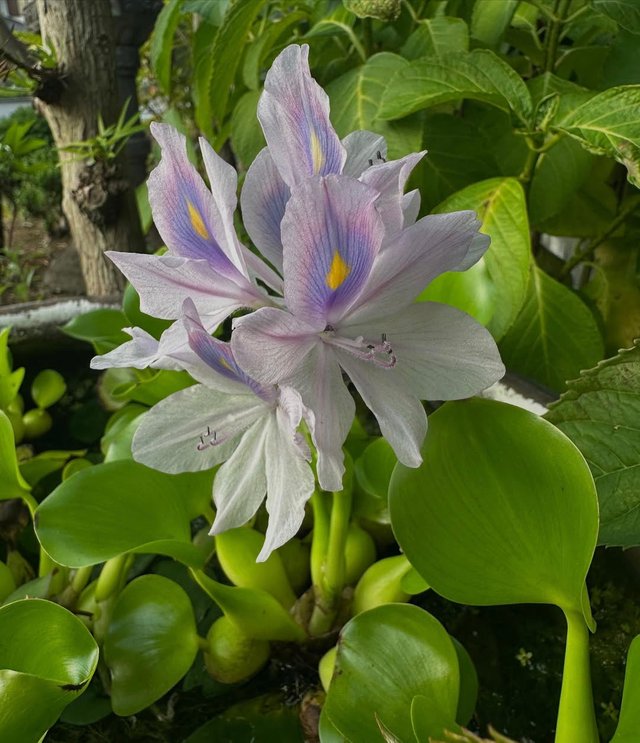Common Water Hyacinth
The Common Water Hyacinth is one of the most recognizable aquatic plants in the world. With its vibrant green leaves, stunning violet-blue flowers, and its ability to float gracefully on water surfaces, it's easy to see why people are drawn to it. But beneath its elegant appearance lies a plant that is both a marvel of nature and a major ecological threat.Water Hyacinth is a free-floating perennial aquatic plant native to the Amazon Basin in South America. It belongs to the Pontederiaceae family and has quickly become one of the most invasive aquatic species worldwide.
Though native to South America, the Water Hyacinth has spread to every continent except Antarctica. It was introduced to many parts of the world in the 19th century as an ornamental plant. But its aggressive growth habits quickly turned it into a noxious weed, especially in warm, tropical, and subtropical regions.Countries such as Bangladesh, India, Nigeria, Indonesia, and the southern United States have struggled for decades to manage its spread.
The Common Water Hyacinth is a textbook example of how a beautiful plant can turn into an ecological nightmare when introduced into the wrong environment. It reminds us of the delicate balance of ecosystems and the unintended consequences of human intervention in nature.Management, awareness, and innovation are crucial in controlling the spread of this invasive species. With responsible action, we can turn this challenge into an opportunity — but the clock is ticking.



